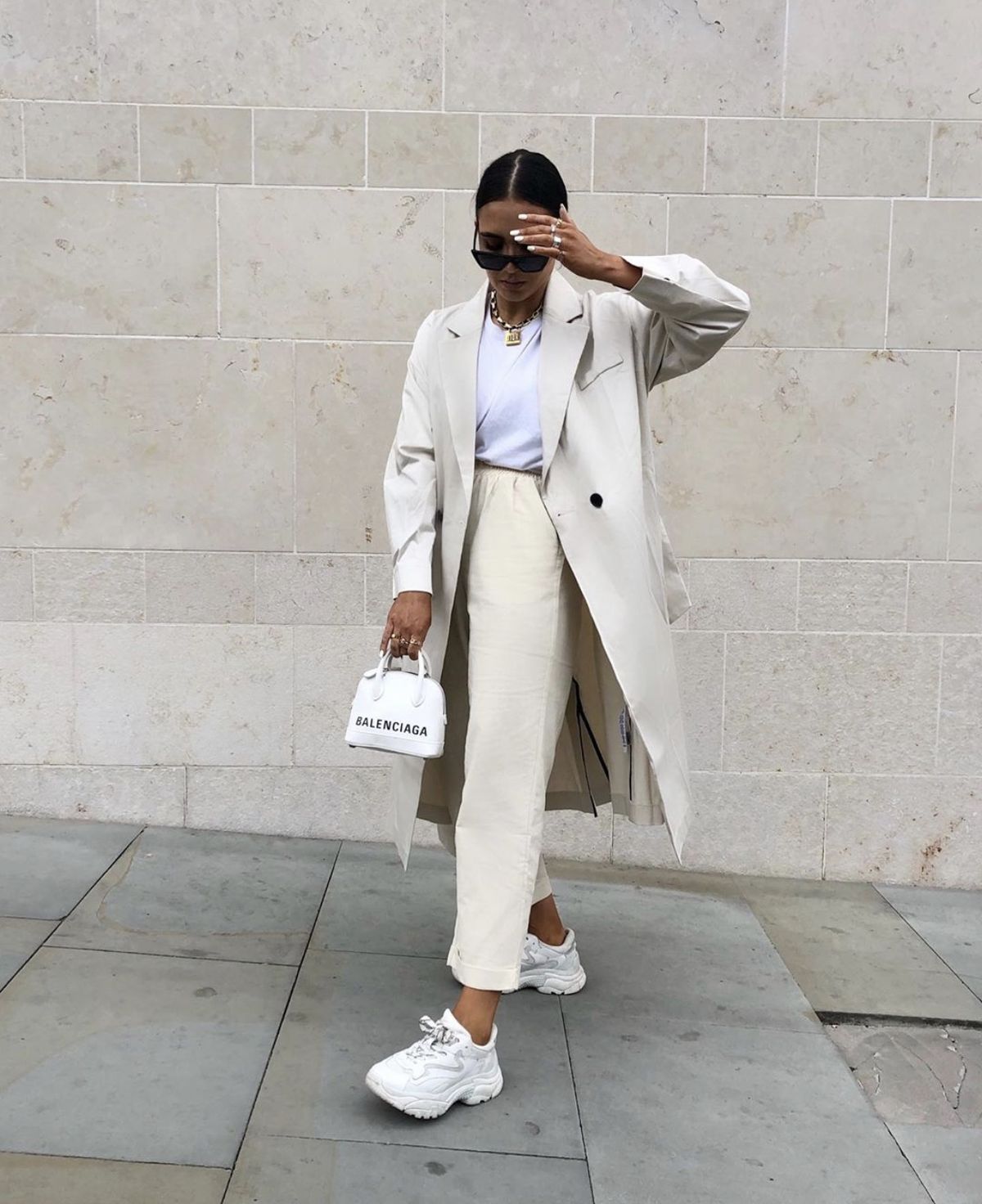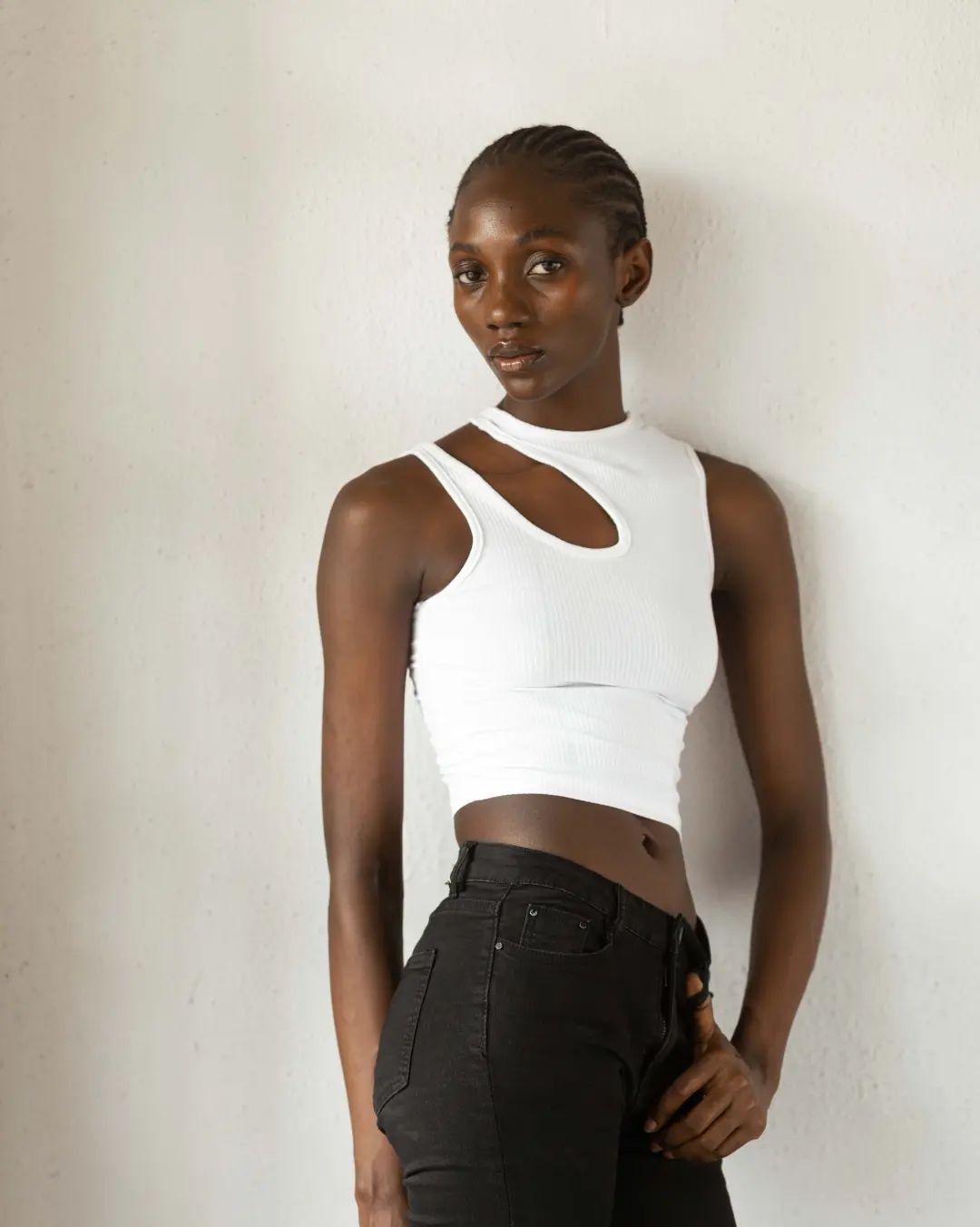Modeling often looks like a dream career filled with photoshoots, runway shows, and international travel. But behind the lights and makeup lies a business world that can be just as tricky as it is glamorous. To build a successful and sustainable career, models have to do more than strike a pose. They need to understand contracts, protect their rights, and know how to negotiate fair pay.
Take Sarah, for example. At 19, she signed her first modeling contract. She was so thrilled to see her name on an official document that she didn’t even read the fine print. The shoot was for a skincare brand, and she happily collected ₦150,000 for her work.
Two years later, her face was plastered on billboards across three continents. She never received a single naira more than that initial fee.
“That was the most expensive lesson of my career,” Sarah says now, three years wiser. “Nobody tells you that modeling is really like running a small business where you are the product. And if you don’t understand the contracts, you’ll get cheated.”
Her story is a familiar one. Many new models are handed contracts while standing in a changing room, with everyone waiting for them to hurry up and sign so the shoot can begin. But that single sheet of paper can decide whether you make a quick ₦150,000 or ₦15 million from the same campaign.
Here’s what every aspiring model should know.
Understanding Modeling Contracts
A contract is the backbone of any modeling job. It spells out who is hiring you, what you are doing, how long your images can be used, and how much you are being paid. But the details make all the difference.
- Scope of work explains whether the job is editorial, commercial, runway, or advertising.
- Duration tells you how long your image can be used. Three months might mean a seasonal campaign, one year is typical for commercials, two to five years could be a long-term partnership, and “in perpetuity” means forever. That last one should always come with a hefty price tag.
- Exclusivity can tie you to one agency or client. For example, if you sign an exclusive with a skincare brand, you may not be able to work with any other beauty companies during that period. It can be lucrative, but it limits your options.
- Usage rights outline where your photos will appear. Will it be just on social media, in print magazines, or on international billboards? The broader the usage, the higher your compensation should be.
- Termination clauses explain how either side can end the agreement.
The golden rule is simple: never sign anything in a rush. Ask for time to read it carefully, and if you don’t fully understand it, get advice from an agent or entertainment lawyer.
Navigating Rates and Payments
Rates in modeling vary more than many newcomers realize. A fashion show in Lagos might pay ₦75,000 while a top designer could pay ₦500,000 or more. A day rate for a local commercial might seem generous at first glance, but if the images end up on billboards worldwide, you might have sold yourself short.
There are several ways payment is structured:
- Hourly or daily rates, common for runway or commercial shoots.
- Flat fees, where you are paid a set amount for the job.
- Usage-based fees, which depend on how the images or videos are used.
- Buyouts are larger payments that include both your modeling fee and the rights to use your images for specific purposes. This is also where models often get confused and undervalue themselves.
Remember, agencies often take 15 to 20 percent in commission. Clarify whether the rate quoted to you is before or after that deduction. And always confirm when and how you will be paid, whether 30 days after the shoot? 90 days? By transfer, cheque, or cash?
Protecting Your Rights
Your image is your most valuable asset. If you don’t protect it, others will profit from it endlessly.
- Image usage determines who owns your photos and for how long. Some brands want unlimited rights, while others only need them for one campaign.
- Model releases are forms that give permission for your image to be used. Don’t sign without knowing exactly what you are agreeing to.
- Privacy and safety should also be in the contract. A professional client will include clauses that guarantee a safe working environment.
- Dispute resolution clauses explain what happens if something goes wrong.
The bottom line: know what you are agreeing to before giving away your image.
Negotiating Your Worth
Negotiation isn’t about being rude or demanding; it’s about valuing yourself.
Do your research. Ask what other models in your market are earning. If a simple portrait is going to be turned into a nationwide ad campaign, that is worth far more than a social media post. Don’t be afraid to say no if the terms feel unfair or if the usage is too broad without extra payment.
Also, think strategically. Sometimes taking a lower-paying job with a prestigious brand can boost your visibility and lead to higher-paying offers later. But don’t let “exposure” be the excuse for underpayment every time.
Red Flags to Avoid
Some warning signs are obvious, others are subtle. Be cautious if you see:
- Contracts that are handwritten, poorly formatted, or full of spelling mistakes.
- Promises of “we’ll pay you later.”
- Requests to cover your own shoot costs or buy your own photos.
- Vague language about usage, like “we might use these for advertising.”
- Clients who cannot provide references or a portfolio of past work.
If something feels wrong, trust your instincts. Professional agencies and brands will always operate transparently.
Working with Agencies
A legitimate agency can open doors, negotiate better contracts, and protect your interests. But not all agencies are trustworthy. Look for agencies with:
- A proper business registration.
- Clear contracts that explain their commission structure.
- No requests for upfront fees just to be represented.
- Established relationships with credible clients.
International Work
If you are lucky enough to work abroad, the business side becomes even more complicated. You will need to understand visa requirements, exchange rates, and how taxes apply to international earnings. Cultural differences in contracts and negotiations may also surprise you, so consider having local representation when working in a new country.
Building Long-Term Success
Modeling careers can be short-lived if you rely only on looks and luck. The smartest models build for the future.
- Diversify your income by branching into brand partnerships, influencer work, or even starting your own beauty or fashion business.
- Build relationships everywhere you go. Today’s assistant could be tomorrow’s creative director.
- Invest in yourself by maintaining your health, updating your portfolio, and learning new skills like photography or social media marketing.
As agent Sarah Chen puts it, “The most successful models I know aren’t necessarily the most beautiful. They’re the ones who understand the business side and make smart decisions.”
The Bottom Line
Modeling is both art and business. While you are creating beautiful images, you are also managing your own small business — and you are the product. Understanding contracts, rates, and rights is not just about getting paid today; it is about building a career that lasts.
Your face, your time, and your talent all have value. Make sure you are compensated fairly for all three. By treating the business side of modeling with the same seriousness as the creative side, you protect your future and give yourself the chance to thrive in an industry that can be as unforgiving as it is glamorous.





